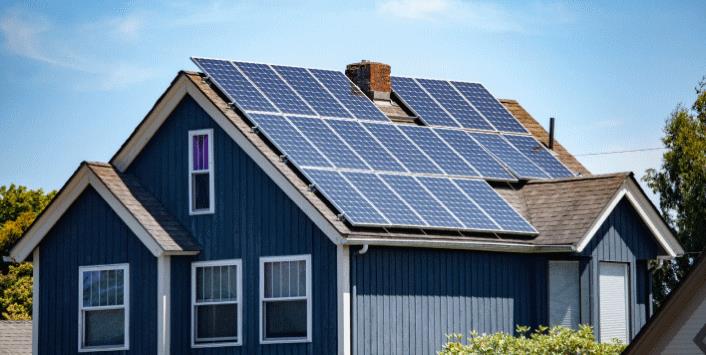
Welcome to our article on 10 stirring DIY eco-friendly projects that can transform your home.
In this informative and practical guide, we will explore a range of sustainable and creative solutions for everyday living.
From homemade cleaning products to upcycled furniture and DIY solar ovens, these projects offer both inspiration and practicality.
Join us as we embark on a journey towards a more environmentally conscious lifestyle, empowering you to make a positive impact while enjoying the freedom of sustainable living.
Homemade Cleaning Products
In this article, we will explore a variety of homemade cleaning products that are not only eco-friendly but also highly effective in maintaining a clean and healthy home environment.
One of the most popular homemade cleaning products is homemade laundry detergent. By using simple ingredients like washing soda, borax, and grated soap, you can create a powerful detergent that is free from harsh chemicals and fragrances. Not only will this save you money, but it also reduces your environmental impact.
Another great homemade cleaning product is natural air fresheners. Instead of using synthetic air fresheners that contain harmful chemicals, you can create your own using essential oils, baking soda, and water. These natural air fresheners not only leave your home smelling fresh but also promote a healthier indoor air quality.

Continuing the exploration of eco-friendly and budget-conscious alternatives, the focus now shifts to reusable shopping bags, which offer a sustainable solution for reducing single-use plastic waste. Reusable shopping bags have become increasingly popular in recent years, thanks to their practicality and positive impact on the environment.
Here are four reasons why you should consider incorporating reusable shopping bags into your daily routine:
- Eco-friendly fashion trends: Using reusable shopping bags aligns with the current eco-friendly fashion trends, allowing you to make a stylish statement while reducing your carbon footprint.
- Cost-effective: Investing in reusable shopping bags may seem like an initial expense, but in the long run, it can save you money by eliminating the need to purchase single-use plastic bags.
- Durable and versatile: Reusable shopping bags are designed to withstand heavy loads, making them perfect for carrying groceries, books, or any other items you may need.
- Easy to clean and maintain: Most reusable shopping bags are machine washable, making them easy to clean and maintain, ensuring they stay in good condition for many years.
Upcycling Furniture
Shifting our focus to the next eco-friendly and budget-conscious project, let us delve into the world of upcycling furniture.
Furniture restoration and repurposing furniture are great ways to breathe new life into old pieces and reduce waste. Instead of buying new furniture, why not give your old pieces a makeover? With a little creativity and some basic tools, you can transform outdated or worn-out furniture into unique and stylish pieces that fit your personal style.
Whether it's sanding and refinishing a wooden table, reupholstering a tired chair, or repurposing an old dresser into a functional storage unit, the possibilities are endless.
Upcycling furniture not only saves you money but also helps to reduce your environmental footprint by giving new life to old pieces that might have otherwise been discarded.
Homemade Compost Bin
Let us now explore the realm of homemade compost bins, an essential component of eco-friendly home transformations. Composting is an excellent way to reduce waste, nourish your plants, and promote organic gardening. Here are some composting tips to help you get started:
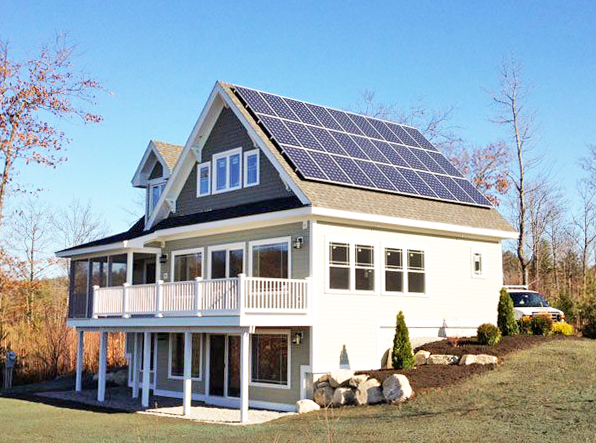
- Choose the right container: Find a suitable bin or container that allows for proper aeration and drainage. You can repurpose an old trash can, wooden crate, or even build your own using recycled materials.
- Layer it up: Alternate between green materials (such as fruit and vegetable scraps, grass clippings) and brown materials (like dry leaves, shredded newspaper) to create a balanced compost pile.
- Turn and mix: Regularly turn or mix the compost to ensure proper decomposition and prevent odors. This will also help distribute moisture and oxygen throughout the pile.
- Patience is key: Composting takes time, so be patient and wait for nature to work its magic. In a few months, you'll have nutrient-rich compost ready to feed your plants.
DIY Rain Barrel
Installing a DIY rain barrel in your home can bring numerous benefits.
Not only does it allow you to harvest rainwater for various purposes, but it also helps in conserving water and reducing your utility bills.
Benefits of Rainwater Harvesting
Rainwater harvesting offers numerous benefits for homeowners looking to make their homes more environmentally friendly and sustainable. Here are some advantages of implementing a rainwater harvesting system:
- Water conservation: Rainwater harvesting allows you to collect and store rainwater, reducing your reliance on municipal water supplies and helping to conserve this precious resource.
- Cost savings: By using rainwater for tasks such as watering plants, washing cars, or flushing toilets, you can significantly reduce your water bill.
- Reduced runoff: Rainwater harvesting helps to prevent stormwater runoff, which can contribute to flooding and erosion.
- Promotes self-sufficiency: Harvesting rainwater allows you to become more self-sufficient in water supply, reducing your dependence on external sources.
Step-By-Step Barrel Assembly
To assemble a DIY rain barrel, homeowners can follow these step-by-step instructions to create an eco-friendly water storage system for their homes.
Start by selecting a suitable barrel, such as a food-grade plastic drum, and ensure it is clean and free from any chemicals.
Next, gather the necessary materials, including a spigot, overflow hose, and a screen to prevent debris from entering the barrel.
Begin the assembly process by drilling a hole near the bottom of the barrel for the spigot and another hole near the top for the overflow hose.
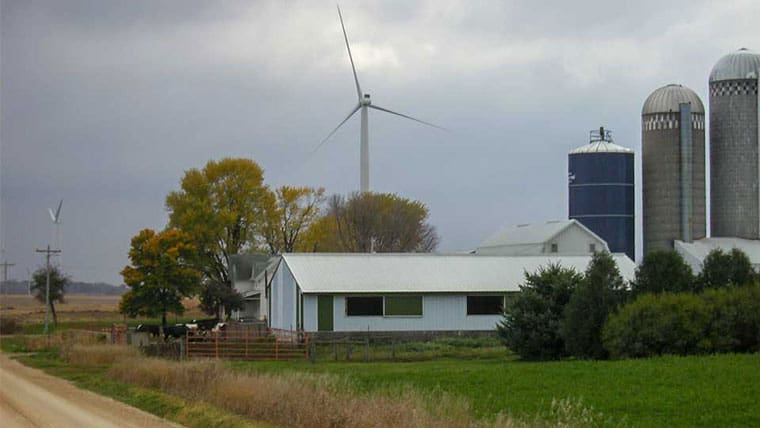
Install the spigot and attach the screen to the top of the barrel.
Finally, position the rain barrel under a downspout and secure it in place.
Regular barrel maintenance, such as cleaning the screen and checking for leaks, is essential for optimal performance.
In case of any barrel troubleshooting, homeowners can inspect the spigot, overflow hose, and screen for any blockages or damages.
Eco-Friendly Water Conservation
One effective method for conserving water in an eco-friendly manner is by creating a DIY rain barrel. By collecting rainwater, you can reduce your reliance on traditional water sources and make a positive impact on the environment. Here are some benefits of using a rain barrel:
- Water saving showers: By using rainwater for showering, you can save precious tap water and lower your water bill.
- Eco-friendly irrigation: Rainwater is an excellent source for watering your plants and garden. It is free from chemicals and additives, making it healthier for your plants and the environment.
- Reduces stormwater runoff: Collecting rainwater in a barrel prevents excess water from flowing into storm drains, reducing the risk of flooding and contamination of natural water sources.
- Promotes self-sufficiency: With a DIY rain barrel, you become more self-reliant by harnessing nature's resources and reducing your carbon footprint.
Creating a DIY rain barrel is a simple and cost-effective way to conserve water and contribute to a greener future.
Homemade Bird Feeders
A homemade bird feeder can be a great addition to your eco-friendly home. Not only does it provide food for our feathered friends, but it also adds beauty and charm to your backyard.
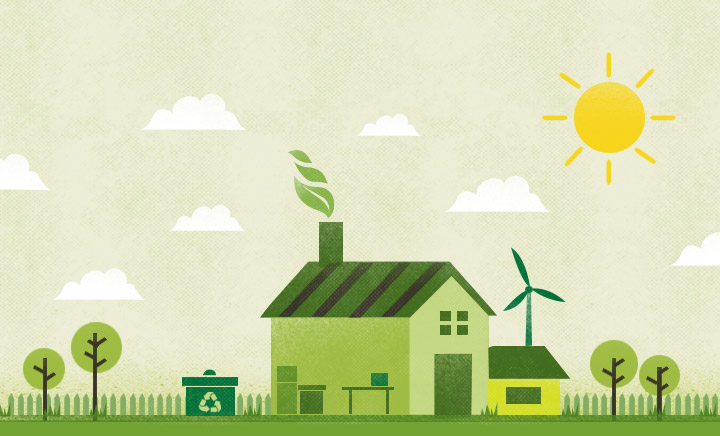
When it comes to birdhouse designs, the options are endless. You can create a simple wooden platform feeder or get creative with recycled materials like teacups or milk jugs.
To attract a variety of birds, consider offering a variety of foods such as seeds, nuts, and fruits. Additionally, make sure to place your feeder in a quiet and safe spot, away from predators.
DIY Solar Oven
Creating a functional and sustainable DIY solar oven can be a rewarding project for eco-conscious homeowners. Harnessing the power of the sun to cook your meals not only reduces your carbon footprint but also saves on energy bills.
Here are four simple steps to build your own solar oven:
- Gather materials: Cardboard box, aluminum foil, glass or plexiglass, black paint, and adhesive.
- Construct the oven: Cut a flap in the box lid, line the inside with foil, paint the bottom black, and attach the glass or plexiglass to the flap.
- Optimize heat absorption: Place a reflector made of foil or a mirror on the side of the box facing the sun.
- Cook with solar power: Position the oven in direct sunlight and place your food inside, adjusting the flap angle to maximize heat absorption.
By utilizing solar panel installation and harnessing the sun's energy, you can enjoy the benefits of a sustainable and cost-effective cooking alternative.
Start your solar oven project today and embrace the freedom of eco-friendly living.
Homemade Beeswax Wraps
To continue the exploration of sustainable DIY projects, an effective and environmentally-friendly option to consider is making homemade beeswax wraps.
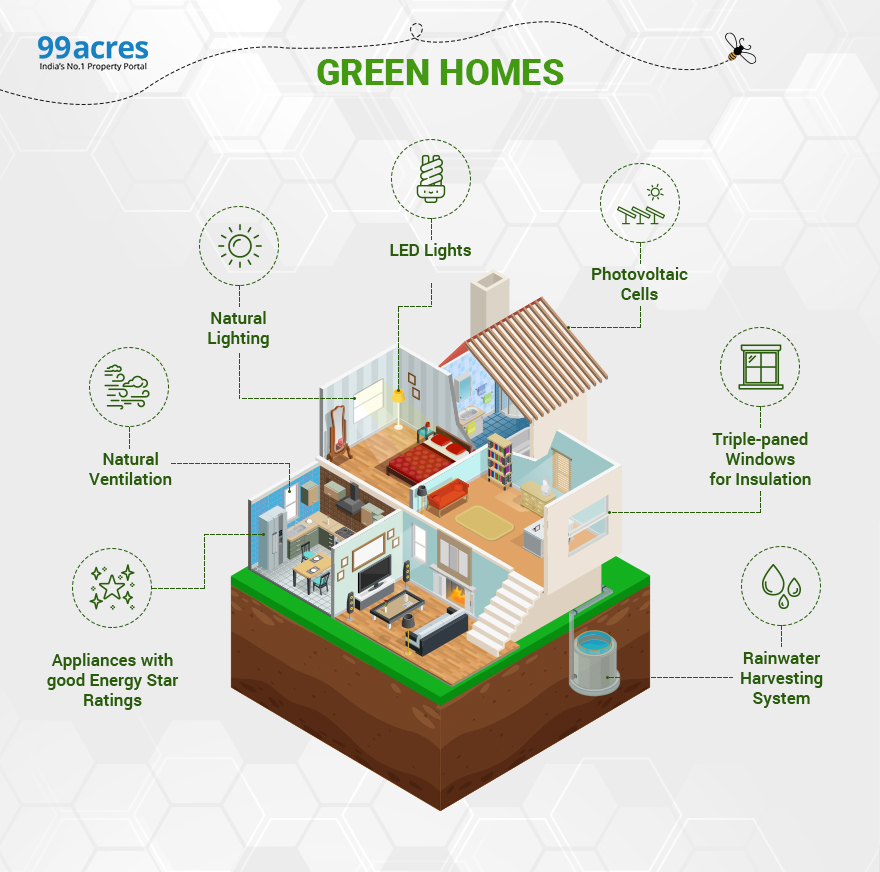
Beeswax wraps are a great alternative to single-use plastic wrap and can be used to store food in a more sustainable way. These wraps are made by coating fabric, such as cotton, with a mixture of beeswax, jojoba oil, and tree resin. The beeswax provides a natural waterproof barrier, while the jojoba oil and tree resin add flexibility and antibacterial properties.
To make your own beeswax wraps, simply melt the ingredients together, brush the mixture onto the fabric, and let it dry. The wraps can be used to cover bowls, wrap sandwiches, or store fruits and vegetables.
They are reusable, washable, and can last for up to a year, making them a cost-effective and eco-friendly option for sustainable food storage.
DIY Eco-Friendly Gifts
Continuing the exploration of sustainable DIY projects, the next topic to delve into is the creation of eco-friendly gifts. Giving eco-friendly gifts not only shows your care for the environment but also allows you to share your creativity and love for the planet with others. Here are a few ideas to inspire you:
- DIY Eco-friendly candles: Make your own candles using soy or beeswax, which are renewable and non-toxic alternatives to traditional paraffin candles. You can customize the scents and colors, and even reuse old containers for a zero-waste approach.
- Eco-friendly gift wrapping ideas: Instead of using traditional wrapping paper, consider using recycled paper, fabric scraps, or even newspaper. You can also add a personal touch by decorating with natural elements like twine, dried flowers, or leaves.
- Upcycled accessories: Get creative and repurpose old materials into unique accessories like jewelry, keychains, or bags. You can use old fabric, buttons, or even broken jewelry to create one-of-a-kind gifts.
- DIY natural beauty products: Create your own eco-friendly beauty products using natural ingredients like coconut oil, shea butter, and essential oils. From lip balms to body scrubs, these homemade gifts are both luxurious and sustainable.
Upcycled Garden Decor
The article explores the sustainable practice of upcycling materials to create unique and eco-friendly garden decor.
Upcycled planters and repurposed garden ornaments can add a touch of creativity and charm to any outdoor space. Instead of buying new containers for your plants, why not repurpose old items such as tin cans, wooden crates, or even old shoes? These can be transformed into quirky and eye-catching planters that not only reduce waste but also give your garden a personalized touch.
Similarly, repurposed garden ornaments made from salvaged materials like old bicycle wheels, broken pottery, or discarded metal can create a whimsical and eco-friendly atmosphere.

Frequently Asked Questions
How Do I Make My Own Cleaning Products at Home?
To reduce water consumption at home, consider using eco-friendly cleaning products. You can make your own using simple ingredients like vinegar, baking soda, and essential oils. These alternatives to plastic packaging are not only effective but also better for the environment.
When looking for alternative options for eco-friendly shopping bags, it's important to consider your needs. Reusable shopping bags can be purchased from a variety of retailers, both online and in physical stores. Choose a bag that is durable, easy to clean, and suits your style.
How Can I Upcycle My Old Furniture?
Upcycling techniques offer creative ways to repurpose old furniture, giving it a new lease on life. By employing innovative ideas and materials, you can transform your home decor while reducing waste and embracing sustainability.
What Materials Do I Need to Create a Homemade Compost Bin?
To create a homemade compost bin, you will need materials such as a container, such as a plastic bin or wooden crate, organic waste, such as fruit and vegetable scraps, and a lid to cover the bin. Follow these steps to make your own composting system.
How Can I Build My Own DIY Rain Barrel?
To build your own DIY rain barrel, you will need a large container, such as a 55-gallon drum, a downspout diverter kit, a spigot, and a screen to filter debris. Follow these steps to create an effective rainwater collection system.
 Family Craft ProjectsHome ImprovementCooking and BakingReuse and RecycleDIY GiftsEco-Friendly ProjectsDIY Home SolutionsSeasonal ActivitiesFun and GamesLearn TogetherPrivacy PolicyTerms And Conditions
Family Craft ProjectsHome ImprovementCooking and BakingReuse and RecycleDIY GiftsEco-Friendly ProjectsDIY Home SolutionsSeasonal ActivitiesFun and GamesLearn TogetherPrivacy PolicyTerms And Conditions

 Family Craft ProjectsHome ImprovementCooking and BakingReuse and RecycleDIY GiftsEco-Friendly ProjectsDIY Home SolutionsSeasonal ActivitiesFun and GamesLearn TogetherPrivacy PolicyTerms And Conditions
Family Craft ProjectsHome ImprovementCooking and BakingReuse and RecycleDIY GiftsEco-Friendly ProjectsDIY Home SolutionsSeasonal ActivitiesFun and GamesLearn TogetherPrivacy PolicyTerms And Conditions
